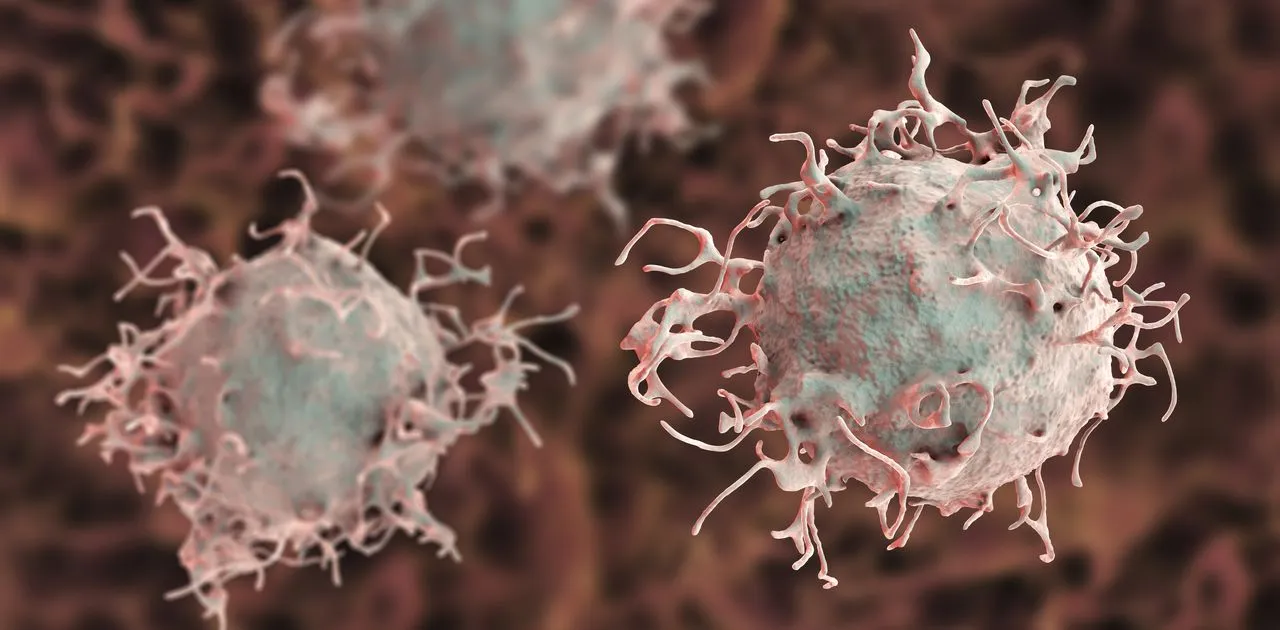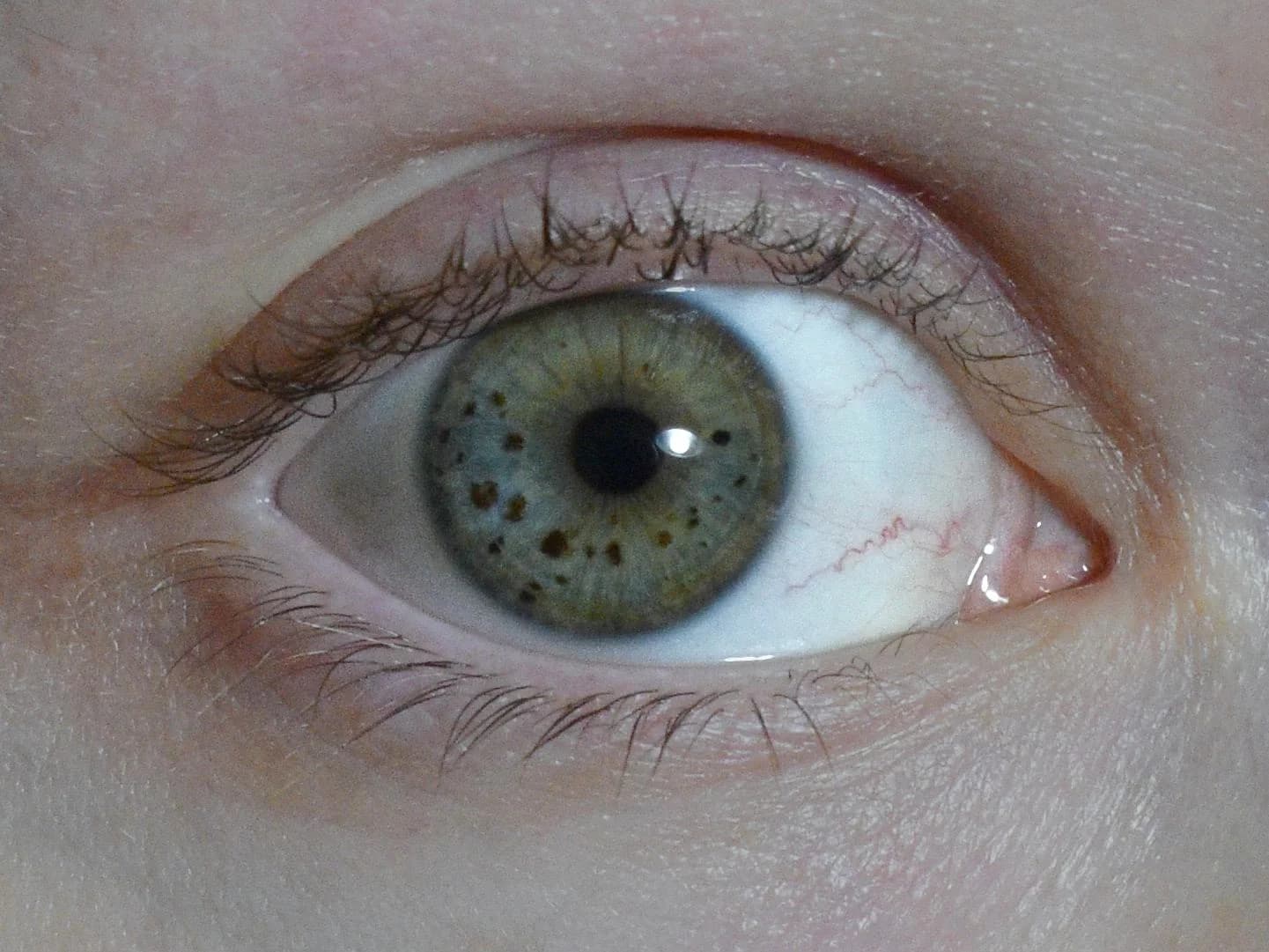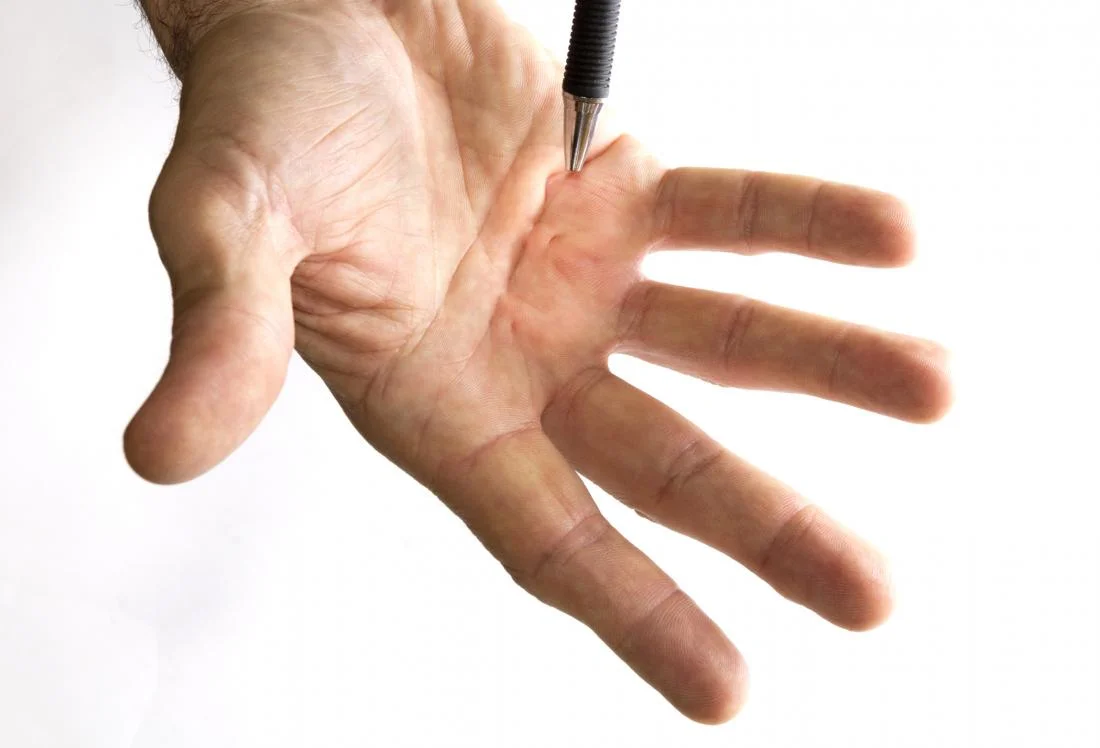Skin cancer is the abnormal growth of skin cells, that develop on skin exposed to the sun. However, this form of cancer can also occur in areas of the skin not ordinarily exposed to sunlight. The three major types of skin cancer arebasal cell carcinoma, squamous cell carcinoma, and melanoma. Even though they may be rarely exposed to the sun, skin cancer can occur on the genitals, palms of hands or feet, and even under your nails.
What causes skin cancer?
Sun exposure is the main cause of skin cancer. Although genetics play an important role in cancer development. People with a history of melanoma in their family should be extremely cautious and have their skin checked regularly, as the risk of developing melanoma at some point in their lives is significantly higher for them. Your chances may also rise if you have fair skin, lots of moles, or a history of sunburns or tanning bed use.

Unexpected places to develop Skin Cancer
The scalp
Since scalp melanomas usually stay hidden and not spotted until the cancer is very advanced, they are considered the deadliest melanomas. Also, the scalp has a large number of blood vessels and lymphatics, making it fertile ground for cancer to grow. It’s best to have a dermatologist check any irregular moles you find on your scalp. UV rays tend to damage those with lighter-colored, thinned hair more. Hats are the best way to prevent skin damage to the scalp.

The eyelids
The eyelids are a common site for non-melanoma skin cancers. It’s best to protect your eyelids from sun exposure during summer and sunny days by wearing sunglasses. You should also apply sunscreen to your eyelids.
The eyes
Many people aren’t aware that melanomas can form inside the eyeball itself. A dermatologist may be able to spot a melanoma of the iris, which often shows up as a slow-growing dark spot in the colored portion of the eye. However, the melanoma of the choroid or ciliary body will likely need to be diagnosed by an ophthalmologist.

Palms and soles
Although our palms and soles don’t typically see the sun, they can show cancerous spots. Acral lentiginous melanoma is a rare, specific kind of skin cancer that forms on your palms, soles, and nail beds. This is more common in people of color.

Under the nails
Subungual melanoma can develop in the nail bed tissue located underneath the nails. They often appear as a brown or black vertical line under the nail that spreads slowly over time. If you regularly paint your nails or wear acrylics, nail wraps, or gel nails, be sure to remove these treatments before a skin cancer screening appointment so your dermatologist can look for subungual melanomas.
The bottom of the feet
The most common cancers of the foot are skin cancers, and melanomas can occur on the bottom of the foot even though this is an area that does not receive much sun exposure. Regular skin care checks by a dermatologist are your best chance of catching and treating melanoma early.

Genitals
If you have been exposed to HPV, squamous cell carcinomas may appear near your genitals. It’s always a good idea to take precautions when it comes to your genitals such as: practicing safe sex, considering getting theHPV vaccine, and regularly conducting skin self-exams.
Conclusion
In conclusion, skin cancer is a condition that can develop on any part of the body, including areas that are often overlooked during self-examinations. While it's commonly associated with sun-exposed areas such as the face, arms, and legs, skin cancer can also occur in less obvious places such as between the toes, the eyes and eyelids, the ears, and even the genitals. These areas are often missed during self-checks, leading to late diagnosis and potentially more severe cases. Therefore, it's crucial to conduct thorough skin checks regularly, paying special attention to these often-neglected areas.
Read more: